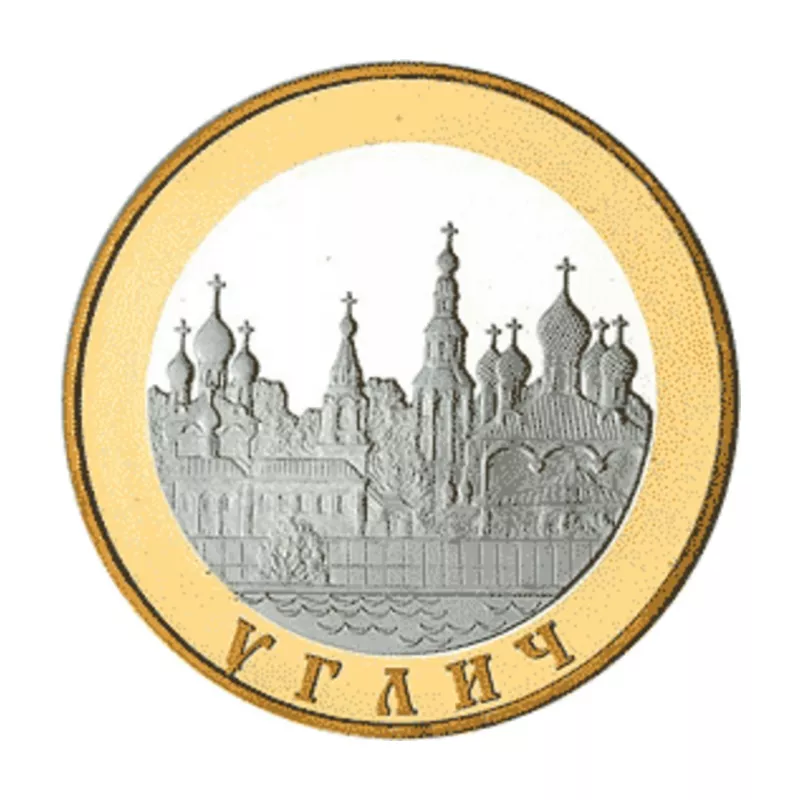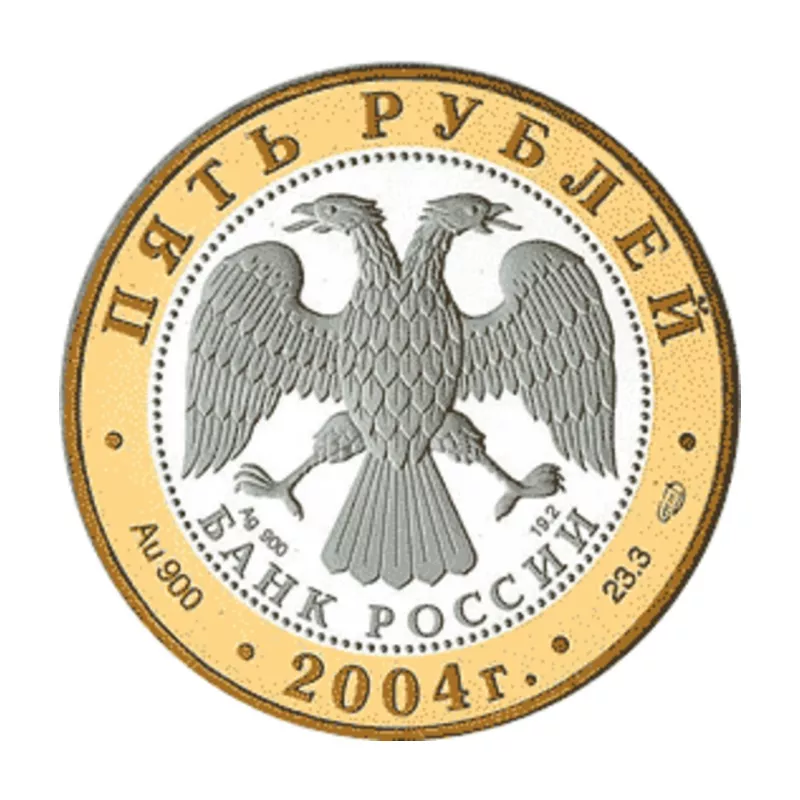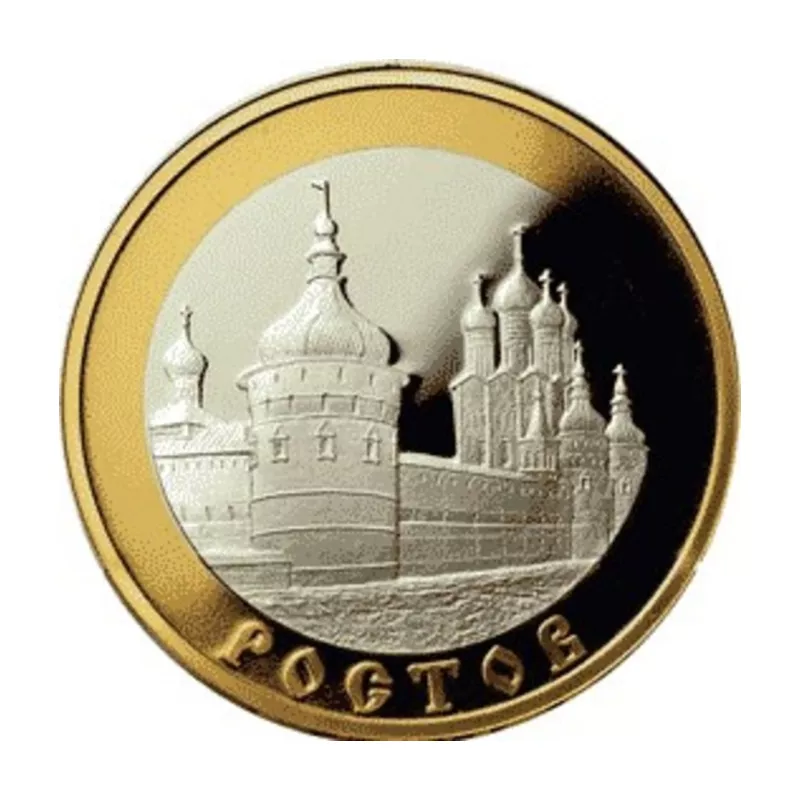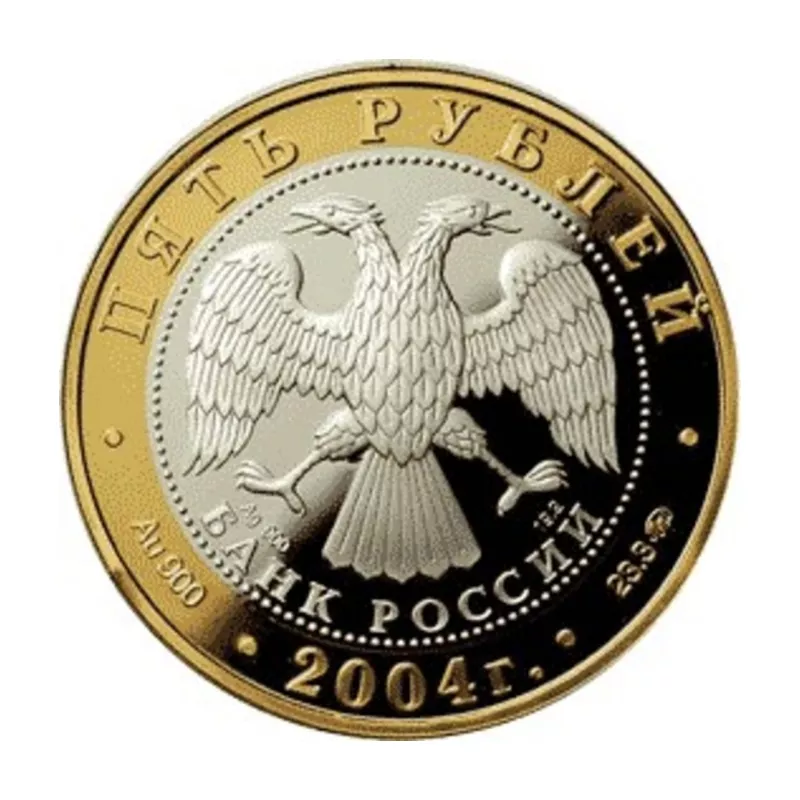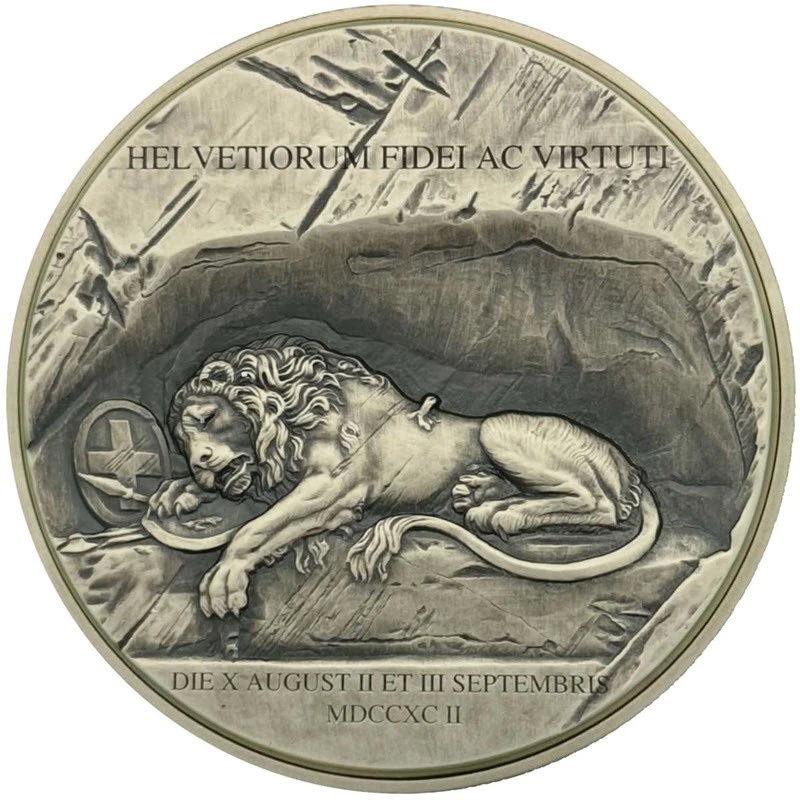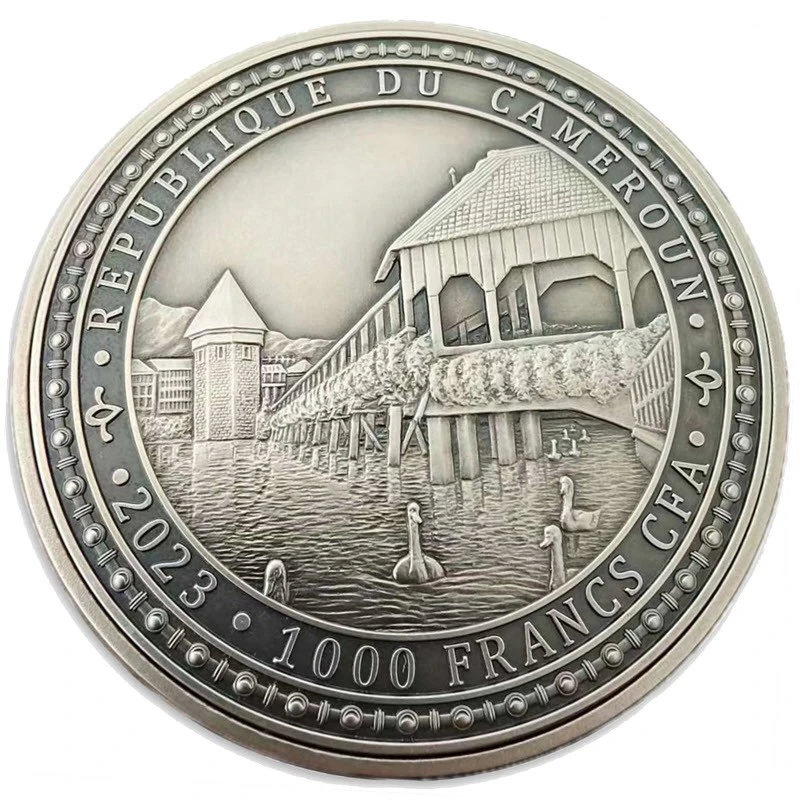Bimetallic coins are a sought-after collectible and less often invested. They are produced in Canada, Europe, France, Great Britain and other countries. The central part of such coins is called a disk or insert, and the surrounding part is called a ring. Many copies are made of a combination of base materials, but there are also those that may be of interest to investors. We will talk more about bimetallic coins in this article.
A bit of history
The first bimetallic specimens were released in ancient Rome, as early as the 2nd century BC. Then they are mentioned in the XVII century. A striking example of this is the rose farthing, issued by decree of Charles I. In order to prevent the appearance of a fake, a brass wedge was inserted into a copper workpiece. On a similar basis, tin pence was produced with an insert of copper.
In general, if you look into history, you can find a lot of examples of bimetallic coins. Among them is the "Trial Cent" of the United States, dated 1792 and having a silver insert and a copper ring. Other examples are the 500 lira of San Marino, as well as Italian specimens dated to the 80s and early 90s of the XX century.
What are bimetallic banknotes
Bimetallic coins are produced from alloys of aluminum and nickel, copper, brass and zinc. Not so often niobium 998 samples can be used, as well as palladium, silver, gold. If precious metals are used, then the coin can be considered an investment. Over time, it grows in price and is of interest to investors. Its face value is much lower than the real value, and the historical value depends on the topic. In any case, the type of bimetallic variants made of valuable and simple materials is the same: a ring of one color and the center of another.
Bimetal coins are in demand all over the world. Some banknotes are supplied within the series, and others do not belong to them. Depending on the main characteristics, they can be divided into groups. Such parameters include:
- metal (precious and non-precious);
- quality;
- face value;
- form;
- circulation (standard, rare);
- the purpose of the release (anniversary, collectible, everyday);
- series (within or outside the same selected theme).
Formally, clad coins fall under the status of bimetallic coins. The peculiarity of these banknotes is that they are produced from two metals, but not nearby, but covering each other. The base is steel, on which an alloy of copper or nickel is applied. The cost of such products depends on the state and demand among numismatists.
Examples of bimetallic articles
Consider several bimetallic coins, which are bright representatives of the group. For clarity, let's analyze copies of different countries.
500 years of founding of the city and port of Veracruz
An interesting Mexican coin made in the form of a twelve-sided. Dedicated to the event of 2019 - 500 years since the founding of the city and the port of Veracruz, but it was released only in 2020 and 2021. Its interesting feature is the hidden image, which significantly complicates the fake. The face value of such a coin is 20 pesos. Materials - stainless steel in the center and a ring made of aluminum bronze. Such a product is a bright representative of a commemorative (anniversary) bimetallic coin.
70 years of the People's Republic of China
Another example of a commemorative (jubilee) coin. Her face value is 10 yuan. The product was released in honor of the 70th anniversary of the People's Republic of China. On its obverse is the coat of arms of the PRC, and on the reverse, in the very center, there is a relief number 70. The sun's rays diverge in different directions from this figure.
Coin Kievan Rus 20 UAH. 2001
It is a bimetallic coin made of gold and silver. It was published as part of the series "Monuments of Ancient Cultures of Ukraine." Its face value is 20 hryvnia, but the real value is significantly higher. The circulation of such a cash sign is 2000 copies.
Paphos - European Capital of Culture
The nominal value of this unit is €2. This money sign came out in Cyprus. The obverse presents an amphitheater in the city of Paphos. The theme of the coin is written in a semicircle. At the bottom of the money sign is the name of the issuing country in both state languages: Turkish and Greek. 12 stars of the European Union are placed in the circle of the outer ring. The reverse shows the denomination of the product against the background of the map of Europe.
Luxembourg fauna and flora - kestrel falcon
This coin is issued in Luxembourg. Its face value is 5 euros, but the real value is higher. The metals (alloys) of this coin are Nordic in the central part and a silver ring. The product was minted by order of the Central Bank of Luxembourg at the Royal Mint of the Netherlands. The premiere of the issue is October 2009. On the obverse of the coin is a profile of His Royal Highness Grand Duke Henri, the year of issue of the money sign, as well as the inscription LÖTZEBUERG. The reverse shows an image of a bird - an ordinary kestrel.
In conclusion
The idea of bimetallic coins is far from new. Today they are no less in demand than centuries ago. They are chosen by collectors as well as investors. However, the latter prefer products made of precious metals. Their most common combination is gold and silver. Over time, the value of such banknotes grows, as does the value of the metals from which they are made. There are also bimetallic coins that can be found in everyday life. Thus, banknotes from a combination of two metals are a fairly wide group. Every interested person will be able to find among them what is needed. Some coins are perfectly suitable for investment, while other issues are for collectible purposes.

